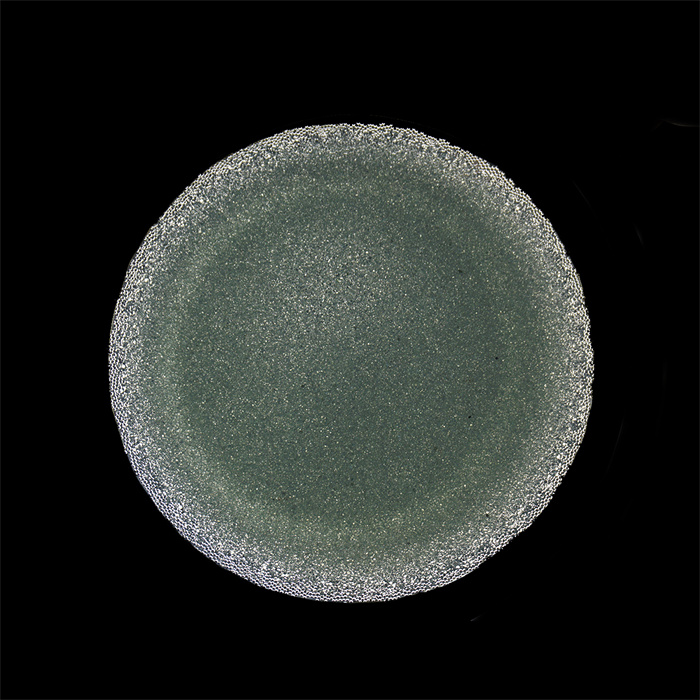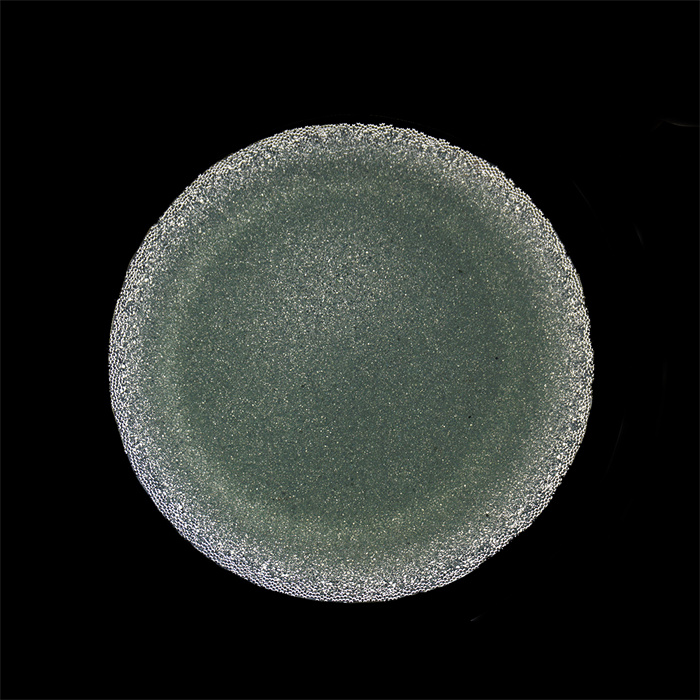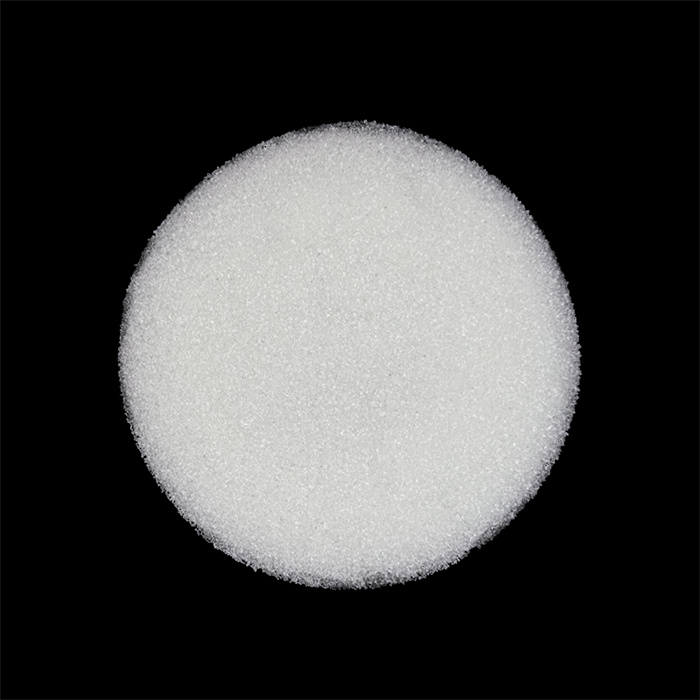Traffic line marking is a critical component of road safety and traffic management, ensuring clear lane divisions, pedestrian crossings, and highway guidance. With advancements in reflective coatings, thermoplastic materials, and smart road technology, selecting the right traffic line marking solutions is essential for long-lasting performance and visibility.
This guide explores the best materials, suppliers, application techniques, pricing trends, and innovations shaping the traffic line marking industry in 2025.
What Is Traffic Line Marking?
Traffic line marking refers to the application of durable, high-visibility markings on roads, highways, parking lots, and airport runways. These markings guide drivers, cyclists, and pedestrians, improving traffic flow and reducing accidents.
Key Benefits of Traffic Line Marking:
✔ Enhances road safety by providing clear lane guidance
✔ Increases nighttime visibility with reflective coatings
✔ Durable materials withstand heavy traffic and extreme weather
✔ Compatible with smart road technologies for automated navigation
✔ Meets global road safety regulations (AASHTO, EN 1436, ASTM D4061, etc.)
By using high-quality traffic line marking solutions, city planners and road contractors can ensure long-term road safety and efficiency.
Best Traffic Line Marking Materials & Suppliers
Choosing the right traffic line marking material depends on durability, reflectivity, and environmental conditions. One of the leading suppliers of traffic marking materials is LangFang Lanxing Impex Co., Ltd.
Why Choose LangFang Lanxing for Traffic Line Marking?
LangFang Lanxing Impex Co., Ltd is a top-tier supplier specializing in high-performance traffic line marking materials, including thermoplastic coatings, reflective glass beads, and road marking resins.
Key Advantages of LangFang Lanxing Traffic Marking Solutions:
- High-Reflectivity Markings: Incorporates premium glass beads for maximum visibility.
- Durable & Long-Lasting: Resistant to abrasion, UV exposure, and heavy traffic wear.
- Certified for Road Safety: Meets AASHTO, EN 1436, ASTM, and ISO standards.
- Eco-Friendly & Sustainable: Provides low-VOC, lead-free formulations.
- Customizable & Bulk Supply: Offers custom formulations for specific climate conditions.
For high-performance traffic line marking solutions, LangFang Lanxing ensures cost-effective and durable road markings.
Types of Traffic Line Marking Materials & Applications
Different traffic line marking materials are used based on road type, climate, and durability requirements.
1. Thermoplastic Road Marking Paint
✔ Highly durable, reflective, and long-lasting
✔ Ideal for highways, intersections, and pedestrian crossings
✔ Requires heat application for bonding to the road surface
2. Cold Plastic Road Marking Paint
✔ Two-component system for chemical curing
✔ Used in areas with extreme weather conditions
✔ Provides excellent adhesion without heat application
3. Waterborne Road Marking Paint
✔ Eco-friendly, quick-drying, and low-VOC emissions
✔ Ideal for urban roads, parking lots, and temporary markings
✔ Less durable than thermoplastic but more sustainable
4. Preformed Road Marking Tape
✔ Easy-to-apply, self-adhesive reflective tape
✔ Used for temporary or quick road marking applications
✔ Available in various colors and patterns
5. Reflective Glass Beads for Traffic Marking
✔ Enhances night-time visibility in road markings
✔ Meets EN 1423 and AASHTO M247 standards
✔ Used in thermoplastic and waterborne paint applications
Choosing the right traffic line marking material ensures maximum efficiency, safety, and cost-effectiveness.
Traffic Line Marking Price Trends & Market Insights (2025)
The cost of traffic line marking varies based on material type, durability, and application method.
Current Price Trends (2025)
| Traffic Line Marking Material | Average Price per Ton (USD) | Market Demand |
|---|---|---|
| Thermoplastic Road Marking Paint | 600−600 – 600−1,500 | High |
| Cold Plastic Road Marking Paint | 700−700 – 700−1,800 | Growing |
| Waterborne Road Marking Paint | 500−500 – 500−1,200 | Expanding |
| Preformed Road Marking Tape | 1,000−1,000 – 1,000−3,000 | Increasing |
| Reflective Glass Beads | 400−400 – 400−1,000 | Stable |
Market Trends Driving Growth
✔ Growth in Smart Road Technologies – Increased demand for AI-compatible reflective coatings.
✔ Government Road Infrastructure Projects – Expansion of highway and urban traffic management systems.
✔ Eco-Friendly Road Safety Solutions – Preference for low-VOC, sustainable marking materials.
The traffic line marking industry is projected to grow significantly by 2030, driven by urbanization, smart mobility, and infrastructure investments.



Bulk Purchasing Guide: How to Buy Traffic Line Marking Materials?
For road contractors, city planners, and infrastructure developers, purchasing bulk traffic line marking materials requires careful supplier selection, cost analysis, and logistics planning.
Step 1: Identify Your Requirements
- Choose the traffic marking material (thermoplastic, cold plastic, waterborne, or preformed tape).
- Specify reflectivity, durability, and climate resistance.
- Consider bulk pricing, import duties, and logistics.
Step 2: Select a Reliable Manufacturer
✔ LangFang Lanxing Impex Co., Ltd is a trusted supplier of high-quality traffic marking paints and reflective beads.
✔ Verify that the manufacturer meets ISO, ASTM, EN, and AASHTO certifications.
✔ Request samples to test adhesion, visibility, and durability.
Step 3: Negotiate Pricing & Order Terms
- Provide detailed specifications for an accurate quotation.
- Discuss bulk pricing, payment terms, and shipping schedules.
- Inquire about custom formulations and reflective coatings.
Step 4: Arrange Shipping & Customs Clearance
- Choose the most cost-effective shipping method (FOB, CIF, DDP).
- Ensure proper packaging to prevent damage during transit.
- Arrange for customs clearance and regulatory documentation.
Step 5: Receive & Inspect Goods
- Verify packaging, batch numbers, and labeling upon arrival.
- Conduct quality control tests for reflectivity and adhesion.
By following these steps, businesses can successfully import high-quality traffic line marking materials with minimal risk and maximum efficiency.
Certifications & Quality Standards for Traffic Line Marking
Ensuring that traffic line marking materials meet international safety and durability standards is crucial for road visibility, traffic management, and long-term performance. High-performance traffic line marking paints, thermoplastics, and reflective beads must comply with global regulations to guarantee safety, longevity, and environmental sustainability.
Key International Standards for Traffic Line Marking
| Certification / Standard | Region | Purpose |
|---|---|---|
| EN 1436 | Europe | Specifies performance requirements for road marking visibility and durability. |
| AASHTO M249 | USA | Defines quality standards for thermoplastic road marking materials. |
| ASTM D4061 / D4280 | Global | Standard test methods for reflectivity and durability of road markings. |
| ISO 9001:2015 | Global | Ensures consistent quality control in road marking materials. |
| ISO 14001 | Global | Focuses on environmentally friendly production practices. |
| RoHS Compliance | Global | Restricts the use of hazardous substances in road marking paints. |
| REACH Compliance | Europe | Ensures that road marking materials are free from harmful chemicals. |
| Customs HS Code – 3208.90 | Global | International harmonized system code for road marking paints. |
Why Certifications Matter?
✔ Guarantees Road Safety Compliance – Meets traffic regulation and highway visibility standards.
✔ Ensures Durability & Performance – Tested for abrasion resistance, reflectivity, and adhesion.
✔ Enables Global Trade & Export – Certified products are approved for international road projects.
✔ Reduces Environmental Impact – Complies with low-VOC and sustainable formulation requirements.
When sourcing traffic line marking materials, ensure compliance with ISO, ASTM, AASHTO, and environmental certifications for high-quality, long-lasting road safety solutions.
Bulk Purchasing Guide: How to Import Traffic Line Marking Materials?
For government agencies, road construction firms, and infrastructure planners, importing bulk traffic line marking paints, thermoplastics, and reflective materials requires logistics planning, supplier verification, and trade compliance.
Step 1: Define Your Traffic Marking Requirements
- Choose the right traffic marking material (thermoplastic, waterborne paint, preformed tape).
- Specify durability, reflectivity, and climate resistance.
- Consider bulk pricing, import duties, and regulatory standards.
Step 2: Select a Trusted Manufacturer
✔ LangFang Lanxing Impex Co., Ltd is a leading supplier of traffic line marking materials.
✔ Verify that the manufacturer provides certifications for quality and compliance.
✔ Request samples to ensure adhesion, reflectivity, and durability meet project specifications.
Step 3: Arrange Packaging & Labeling
- Use industrial-grade packaging to prevent damage during transport.
- Ensure correct labeling with batch numbers, compliance certifications, and safety instructions.
- Comply with customs HS codes (3208.90) for smooth trade clearance.
Step 4: Select the Best Shipping Method
- FOB (Free on Board): Buyer arranges shipping from the port.
- CIF (Cost, Insurance, Freight): Supplier handles transport to the destination.
- DDP (Delivered Duty Paid): Supplier delivers with all customs duties included.
Step 5: Prepare Customs & Import Documentation
- Commercial Invoice & Packing List – Includes product details, quantity, and pricing.
- Bill of Lading (B/L) – Shipping document issued by the freight carrier.
- Certificate of Origin (CO) – Verifies the manufacturing location of the traffic marking materials.
- Quality & Compliance Certificates – EN 1436, AASHTO M249, RoHS, REACH, etc.
Step 6: Track Shipment & Final Delivery
- Use real-time tracking to monitor shipping progress and estimated arrival times.
- Upon arrival, inspect goods for consistency, batch quality, and adherence to order specifications.
By following these steps, businesses can efficiently import high-quality traffic line marking materials with minimal risk and maximum efficiency.
Innovations in Traffic Line Marking: Smart & Sustainable Road Safety Solutions
With growing emphasis on smart mobility, sustainability, and high-performance road safety, manufacturers are integrating advanced technologies into traffic line marking solutions.
1. Smart Reflective Traffic Markings for AI Road Systems
✔ Compatible with AI-driven traffic management and autonomous vehicles.
✔ Improves road visibility for self-driving car navigation.
✔ Built for next-generation intelligent transport systems (ITS).
2. Eco-Friendly & Sustainable Traffic Marking Materials
✔ Low-VOC, waterborne formulations for reduced environmental impact.
✔ Thermoplastic coatings with recycled glass beads for sustainability.
✔ LangFang Lanxing specializes in sustainable road marking solutions.
3. High-Performance Anti-Skid Traffic Markings
✔ Enhanced grip for pedestrian crossings and hazardous zones.
✔ Reduces accidents in high-traffic and high-speed areas.
✔ Ideal for airports, tunnels, and emergency lanes.
4. Longer-Lasting Traffic Marking Coatings
✔ Weather-resistant, UV-stable thermoplastics with extended lifespan.
✔ Reduces maintenance frequency and long-term costs.
✔ Optimized for extreme climates and heavy traffic conditions.
Why Smart & Sustainable Traffic Marking Solutions Matter?
✔ Supports Smart City Initiatives – Enhances AI traffic management and autonomous driving.
✔ Reduces Carbon Footprint – Uses lead-free, low-VOC, and recycled materials.
✔ Extends Road Marking Longevity – Requires less frequent reapplication.
Advanced eco-friendly and smart traffic line marking solutions are shaping the future of road safety, transportation infrastructure, and global mobility.
FAQ: Everything You Need to Know About Traffic Line Marking
| Question | Answer |
|---|---|
| What are traffic line marking materials used for? | Highways, city roads, parking lots, and airport runways. |
| Which traffic marking material is best for durability? | Thermoplastic coatings with reflective glass beads. |
| Who is the best supplier of traffic line marking paints? | LangFang Lanxing Impex Co., Ltd is a leading global manufacturer. |
| Can traffic marking coatings be customized? | Yes, suppliers offer custom formulations for climate and traffic conditions. |
| Are waterborne road marking paints environmentally friendly? | Yes, low-VOC, lead-free, and sustainable. |
| What is the minimum order quantity for bulk traffic marking materials? | Typically starts at 1 ton for export orders. |
Conclusion
Traffic line marking is essential for road safety, urban planning, and smart mobility, ensuring high reflectivity, durability, and visibility. With growing investments in modern road infrastructure, selecting high-quality, certified traffic line marking materials is crucial for long-term performance and cost-effectiveness.
Why Choose LangFang Lanxing?
✔ Industry-Leading Manufacturer with international road safety certifications.
✔ High-Performance, Customizable Traffic Marking Materials for various applications.
✔ Competitive Bulk Pricing for government and private road projects.
For bulk orders, expert recommendations, or custom formulations, LangFang Lanxing Impex Co., Ltd is your best choice for traffic line marking solutions in 2025 and beyond.




